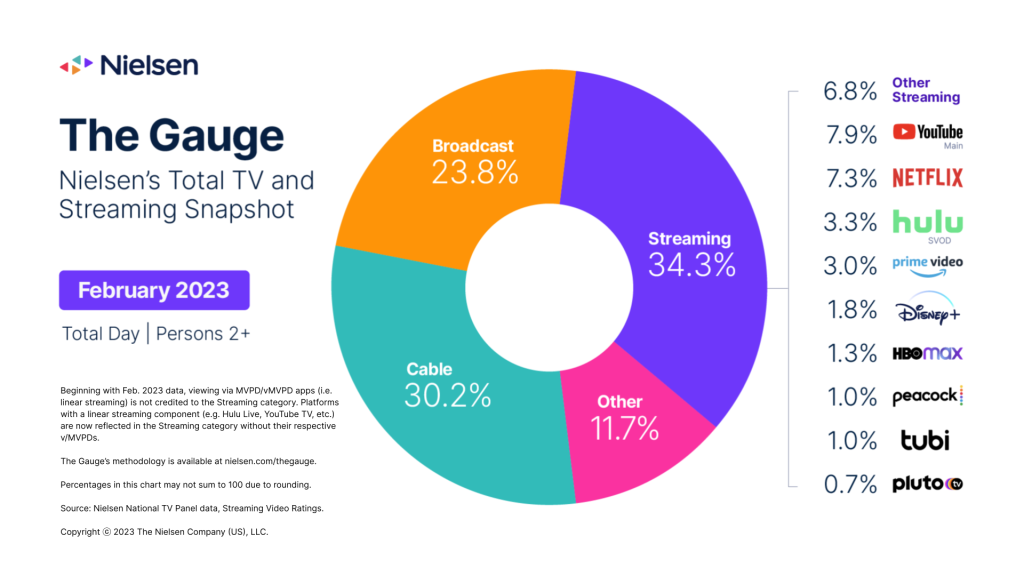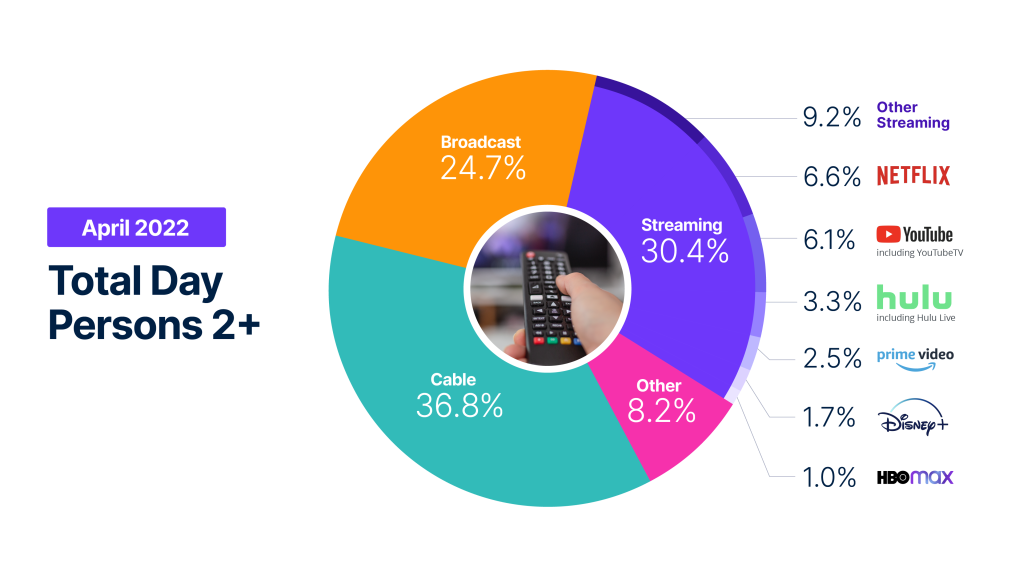Future of TV Briefing: How macroeconomic uncertainty is factoring into this year’s TV upfront market
By Tim Peterson
Thanks to Paramount Advertising for sponsoring Digiday’s upfront week coverage and presenting this edition of the Digiday+ Future of TV Briefing, normally available exclusively to paying subscribers.
This week’s Future of TV Briefing looks at how macroeconomic factors like higher inflation and supply chain challenges will play a role in this year’s annual TV advertising upfront negotiations.
- The macro-upfront
- WTF is the TV upfront?
- TV’s alternative measurement mess, Disney+’s ad sales pitch and more
The macro-upfront
The key hits:
- Macroeconomic factors affecting advertisers’ businesses will likely affect their willingness to commit dollars in this year’s upfront market.
- Auto and CPG brands are already reducing ad spend, but other categories like pharma are poised to ramp up.
- The dual-natured rigidity and security of an upfront commitment will be an important consideration.
It’s happening again. The annual TV upfront negotiations are set to take place — here comes that phrase — amid an uncertain economic climate.
“There’s a very real possibility that there will be a recession, and our clients are trying to navigate that uncertainty,” said one agency executive.
“The short-term economy is pretty bad. That’s lingering over things now,” said one TV network executive.
Macroeconomic factors, like rises in inflation and interest rates, ongoing supply chain issues, the Russia-Ukraine war and the specter of a recession in the U.S., have put the advertising market in a precarious position at a time when that market is about to enter its biggest annual buying cycle with billions of dollars in advertising spend set to be committed in year-long deals.
“COVID is not behind us, unfortunately. Ukraine is still there. No baby formula. Every day there’s another disaster out there. So I think that’s weighing heavily on companies. And I think because of that there’s probably going to be some hesitation when it comes to budgets coming into market this year for sure,” said Sharon Cullen, president of integrated investment at Omnicom Media Group’s Hearts & Science.
“These companies, when they come to the linear upfront market, they have to think about what’s going to happen to the economy over the next 15, 16 months, and the biggest stumbling block right now is the supply chain,” said Jon Steinlauf, chief U.S. advertising sales officer at Warner Bros. Discovery.
There isn’t a clear consensus among TV network and agency executives as to how exactly these factors will affect this year’s upfront negotiations. Some advertisers may look to rein their upfront commitments, while others may seek an opportunity to exploit a period of potentially tempered overall demand or may feel a pressure to lock up inventory while demand is diluted to avoid a rate hike when more ad dollars hit the market. If anything, the situation could even out where this year’s upfront does not ramp up like last year to be even more in sellers’ favor but does not revert into resembling a buyer’s market like in 2020 and settles somewhere between the two.
“What we’re seeing right now are budgets are, depending on the client, fairly flat. Some are down. We don’t see a ton …read more
Source:: Digiday






